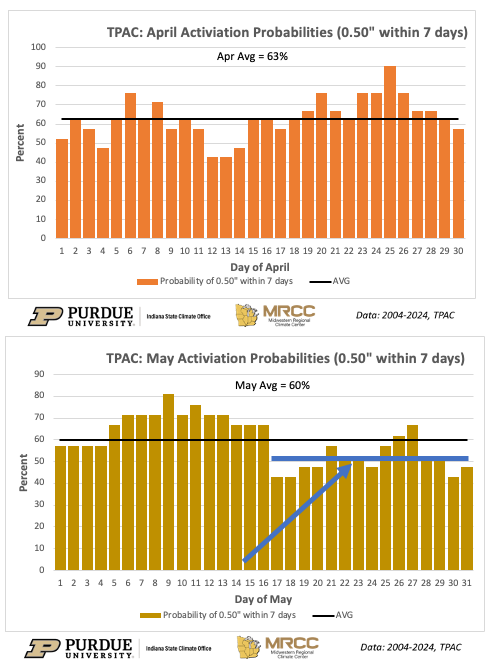
Planting season is getting fully underway across the state, and with that we should all be getting our residual herbicides applied. Residuals are critical to successful season-long weed control as we have less documented herbicide resistance to these chemistries compared to postemergence products, as well as generally we see more consistent control from these herbicides because we’re targeting weeds before they’re even out of the ground. However, for residual herbicides to be successful, they require precipitation to be activated. I frequently get asked how much rainfall is required to fully activate these herbicides, how long can the herbicide wait until we’d receive this rainfall, and if a shallow tillage event would help the situation. These answers can be highly variable across herbicides (Tables 1 and 2), as they are normally dependent on water solubility and soil adsorption of the active ingredients; however, there are some general estimates that can be[Read More…]




